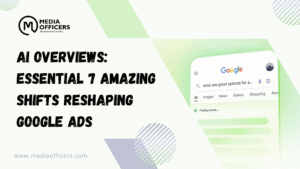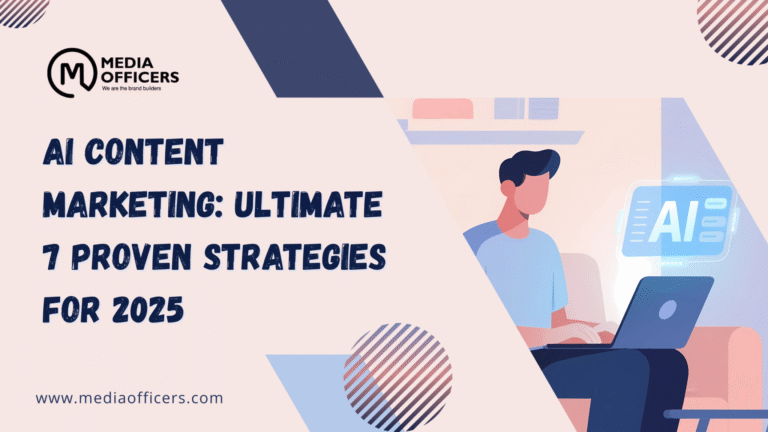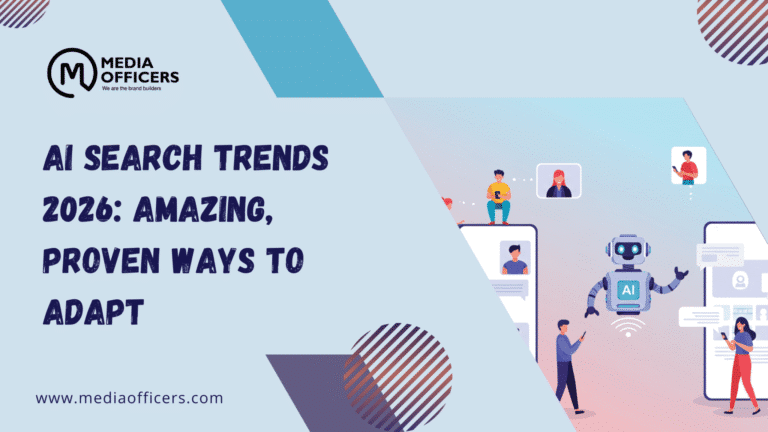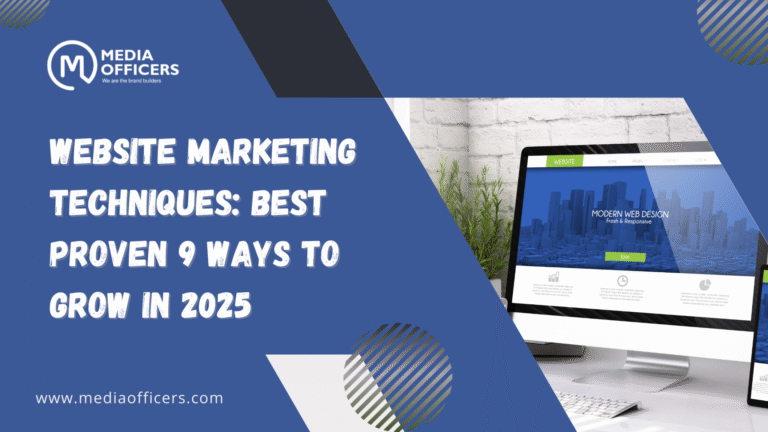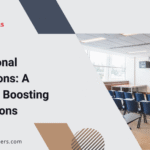AI Overviews are redefining how users search and how advertisers respond in real time. In this AI‑enabled era, Google’s Liz Reid notes that the AI Overviews experience guides intent and answers directly on the results page, while ad revenue remains buoyant. The trend suggests AI-Overviews can shorten queries and improve satisfaction, yet the overall habit of searching continues to grow.
To marketers and brands, the takeaway is clear: AI Overviews are not a replacement for paid search, but a new layer that changes when and how people engage with ads. As with any major shift, the opportunity lies in understanding the dynamics, then aligning your campaigns to the evolving search behavior.
What Are AI Overviews and Why They Matter
AI Overviews refer to the AI‑driven summaries and context blocks that appear on results pages, offering a concise answer or snapshot before a user clicks to a source. This surface changes the traditional funnel by providing quicker context and lifting the relevance of subsequent clicks. For advertisers, that means a more nuanced opportunity: reach users earlier in their journey, while preserving the path to conversion through paid search.
In this framework, the emphasis is less about replacing clicks and more about guiding intent. AI Overviews condense information, but they do not erase the need for action when a purchase, comparison, or deeper research is required. That nuance is central to why brands should view AI as an amplifier of demand rather than a substitute for ads.
Ad Revenue and User Behavior in the AI Era
Several industry voices, including Google’s Liz Reid, describe ad revenue in the AI era as “relatively stable.” The logic is straightforward: some queries may yield fewer clicks on ads, but total query volume rises when answers are faster or easier. In practice, users come away with quicker information, then continue to search or act keeping the paid search funnel active.
This balance mirrors what many saw during the mobile transition. Skeptics worried that ads would crumble on smaller screens, but the shift ultimately boosted growth. The parallel here is that AI-Overviews resemble a mobile moment: a meaningful reformatting that expands, rather than shrinks, the demand for ads when users need actionability.
Signals That AI Overviews Boost Overall Search Volume
Beyond the headline about ad clicks, several signals point to higher engagement with AI-Overviews and related features:
- AI Overviews set context, aiding quick comprehension and reducing the friction of initial searches.
- Tools like Google Lens lower the effort to search visually, encouraging more questions and more frequent searches.
- The layout of results whether ads appear above or below the AI-Overviews varies by query, but the habit of searching persists.
As a result, overall search volume grows as users ask more questions and validate information through a blend of answers and links. Marketers should anticipate higher impression opportunities and tune their bids and budgets to reflect broader reach rather than just click-throughs.
Where Ads Still Matter in the AI Overviews World
Even with AI Overviews providing quick answers, commercial intent remains a key driver of revenue. When a user searches for shoes, for example, an AI-Overviews panel might answer a question, but the user still needs to visit a site, compare options, or complete a purchase. In other words, AI-Overviews can shorten the path to information, but they don’t eliminate the need for product pages and checkout flows.
For advertisers, this reinforces a core principle: ads and product pages must be aligned with the intent signals that AI-Overviews surface. Strengthen product data, ensure clear pricing and availability, and optimize landing pages for context and trust. The goal is to preserve a seamless path from discovery to conversion, even as the surface search changes.
From Mobile to AI: A Proven Path for Growth
The comparison to the mobile transition is instructive. When mobile first gained traction, the question was whether search ads could adapt to a smaller screen. The answer, history shows, was yes and it opened up new growth opportunities. The AI era, with AI-Overviews at the center, mirrors that dynamic: the format changes, but user demand accelerates. Brands that learned to optimize for mobile now have a blueprint for thriving with AI Overviews.
Key takeaways from this analogy include creating flexible ad experiences, prioritizing fast load times, and maintaining a coherent storyline across search results and landing pages. These steps help maintain effectiveness as the surface search evolves.
Practical Implications for Marketers
To navigate the AI Overviews landscape successfully, consider the following practical actions:
- Contextual targeting: Use audience signals and intent data to tailor ads that complement AI Overviews rather than compete with them.
- Landing page coherence: Ensure your pages deliver the depth users need after they click, including clear CTAs and product specs.
- Structured data and shopping feeds: Rich data helps AI-Overviews surface accurate information and improves the likelihood of meaningful engagement.
- Bid strategy adjustments: Shift budgets to cover broader query surfaces while protecting CPA and ROAS targets.
- Measurement discipline: Track conversions across touchpoints, not just clicks, to capture the true impact of AI-Overviews on the funnel.
In short, AI Overviews expand the paid search funnel, not shrink it. Brands that align their messages with the intent surfaced by AI Overviews tend to see durable performance gains over time.
Optimizing for AI Overviews: A Playbook
Executing an optimization playbook requires a blend of content strategy, data quality, and technical readiness. Here are concrete steps to implement now:
- Audit your current content: Identify pages that answer common questions and map them to AI Overviews opportunities.
- Enhance product data: Ensure feeds contain complete attributes, real-time stock, pricing, and reviews to help AI-Overviews surface accurate details.
- Create concise, high-value answers: Develop short, authoritative responses for FAQ-style queries that AI-Overviews can summarize.
- Optimize for intent, not just keywords: Build content clusters around user intents like buying, comparing, or learning, and align meta information with these intents.
- Strengthen measurement: Use event tracking to capture micro-conversions, such as product page views, add-to-cart actions, and newsletter signups.
- Experiment with ad formats: Test layout variations, including responsive search ads and shopping ads, to diversify exposure above or below AI-Overviews.
By following this playbook, you position your brand to leverage AI Overviews as a growth channel while maintaining a healthy paid search funnel.
Technology Tools and User Experience
Tools like Google Lens and other visual search capabilities reduce the effort required to ask questions, which in turn lifts overall search volume. This creates more opportunities for ads to appear in relevant contexts. As AI Overviews become better at setting context, the user journey tends to include verification, comparison, and purchase steps after the initial answer. Marketers should ensure that every stage of this journey discovery, evaluation, and conversion feels cohesive and informative.
Frequently Asked Questions
Do AI Overviews replace traditional ads?
No. AI-Overviews provide context and faster answers, but users still click through to ads, products, and landing pages for action. The paid search funnel remains essential for conversions.
How should I measure success in the AI Overviews era?
Track a mix of macro and micro conversions, including clicks, on-page actions, add-to-cart events, and post-click purchases. Look for increases in assisted conversions and time-to-conversion as indicators of improved journey quality.
What changes should I make to bidding strategies?
Diversify budgets across a broader set of queries while focusing on high-intent terms. Adjust bids for scenarios where AI Overviews shorten the path but still require a final purchase step.
Should I optimize all pages for AI Overviews?
Prioritize pages that answer common questions, showcase product data, and provide credible comparisons. These pages are most likely to be surfaced or linked by AI Overviews to help users decide.
Conclusion
AI Overviews mark a meaningful evolution in search from a pure query-to-click model to a more contextual, question-driven experience. The opportunity for brands is to adapt without abandoning the paid search funnel. By aligning content, product data, and measurement around the intent surfaced by AI-Overviews, advertisers can expand reach, maintain stable ad revenue, and improve overall performance. The era of AI-Overviews is not a disruption to marketing; it is a catalyst for smarter, more resilient paid search strategies that keep customer journeys intact while delivering faster, more useful answers.

